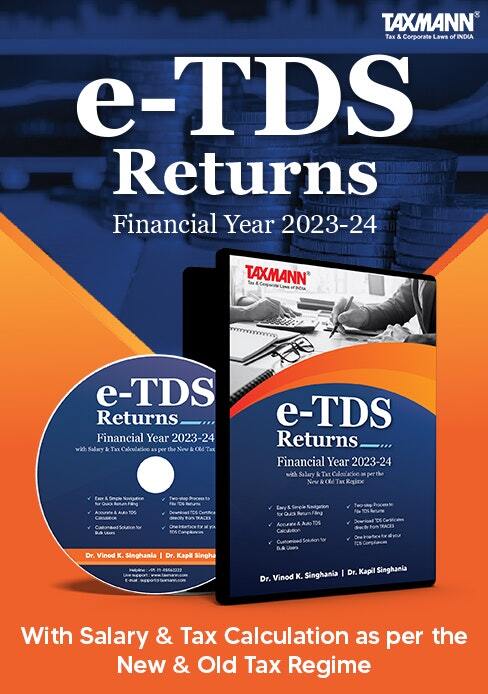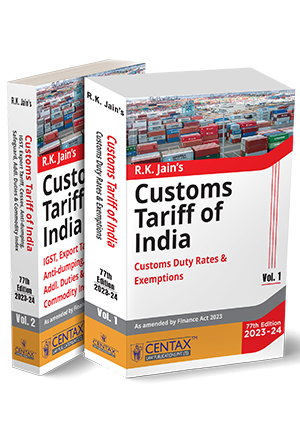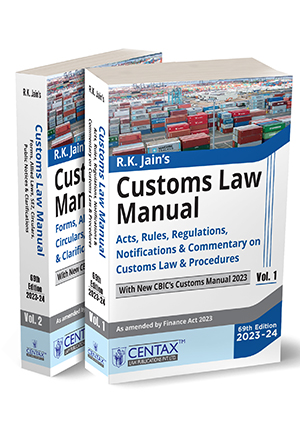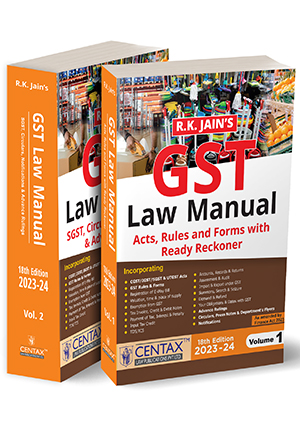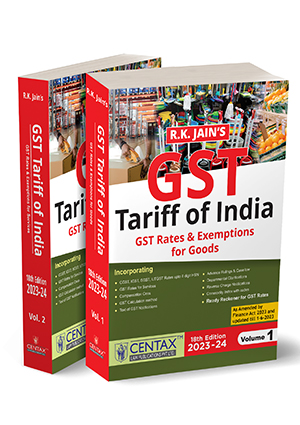Tax Audit | Detailed Analysis of Clause 15 and Clause 16 | As per the Guidance Note issued by the ICAI
- Blog|Tax Audit Week|Account & Audit|
- 4 Min Read
- By Taxmann
- |
- Last Updated on 22 September, 2023

An assessee is required to get his books of accounts audited in accordance with Section 44AB of The Income Tax Act, 1961. The Chartered Accountant conducting the tax audit is required to give his findings, observations, etc., in the form of an audit report at the e-filing portal of Income-tax in Form No. 3CA/3CB and 3CD. In this story, we discuss the reporting requirement of clause 15 and 16, that are contained in Part B of Form 3CD.
1. Clause 15
Details of capital asset converted into stock in trade shall be reported in prescribed format:
| Sub clause (a) | Description of Capital Asset:
Description includes details of capital asset such as land, building, plant, machinery, shares, securities etc., in case of depreciable asset details of section 32 shall also be given. |
| Sub clause (b) | Date of Acquisition:
Period of holding of asset should be verified to ensure whether it is long term or Short term asset and for this purpose verify date of purchase of asset from documents. |
| Sub clause (c) | Cost of Acquisition:
The cost of acquisition as per books of account is to be mentioned. While verifying the cost of acquisition, principles are given in AS 10/IND AS 16 should be kept in mind. In the case of companies where CARO, 2020, Companies (Auditor’s Report) Order, is applicable, the cost would be readily available in the Fixed Assets Register. Whereas in other cases, it may not be practically possible to fulfill the reporting requirements of sub clause (c) then, in such a case, the tax auditor should state that it is not practicable, along with the reasons. |
| Sub clause (d) | Amount at which asset is converted into stock in trade :
The amount recorded in books of account in respect of the converted asset should be reported under this clause. |
It is desirable that at the time of conversion, necessary accounting entries are passed in the books of account in accordance with the generally accepted accounting principles.
An auditor shall therefore verify the amount recorded on conversion and report against clause 15(d), if the amount is not determined in accordance with the generally accepted accounting principles, then the main audit report should be suitably qualified.
2. Clause 16
The tax auditor shall use his professional expertise and judgement to determine whether the receipt is taxable or not for reporting under sub-clauses (a) to (d) of clause 16 of Form No. 3CD. Further, the tax auditor may report in the observation part of the audit report [Para 3 of Form No. 3CA/Para 5 of Form No. 3CB], disclosing the basis of the same.
| Sub clause (a) | The items falling within the scope of section 28 of Income Tax Act, 1961
The auditor’s responsibility is to ensure all items falling under section 28 of Income Tax Act, 1961 which are not credited to the profit and loss account is reported here and for this purpose, the auditor should make scrutiny of items on the credit side to ensure that these items are either accounted properly in books or reported here. Here, an auditor should verify whether income reflected in Form 26 AS is fully accounted for in the books. In case of any difference, proper reconciliation is made. Also, heads like capital reserves, other reserves, capital account, expense heads are to be verified to ascertain whether any income instead of being credited in profit and loss account, has been capitalized under these heads. |
| Sub clause (b) | Refunds/Drawback of taxes/duties admitted by the authorities but not credited to P&L account
The proforma credits, drawbacks, refunds of duty of customs or excise or service tax or refunds of sales tax or value-added tax or Goods and Service Tax, where such credits, drawbacks, or refunds are admitted as due by the authorities concerned. The words ‘admitted by the concerned authorities would mean ‘admitted within the relevant previous year’. Therefore for the above-mentioned items if admitted as due by concerned authorities but not credited to profit and loss accounts are to be stated. However, if the assessee follows the cash basis of accounting the admittance of claim without an actual receipt will have no significance. Also, the information provided in this clause needs to be correlated with the information obtained for clause 41 of Form 3CD. For this purpose, auditor should make scrutiny of relevant files and records related to such refunds and also obtain an appropriate management representation. |
| Sub clause (c) | Escalation claims accepted during the previous year
Escalation claims accepted during the previous year but not credited to the profit and loss account should be stated. Where assessee follows cash basis of accounting, whether details of escalation claims accepted without actual receipt is to be reported. Income taxable under a specific section yet not credited to P&L shall be reported. |
| Sub clause (d) | Any other item of income
This covers items tax auditor considers as income based on his verification of records and documents but not credited to profit and loss account other than those covered U/S 28 as they are already covered in part a. While doing this auditor should also refer to AS 9 or IND AS 115 as the case may be. |
| Sub clause (e) | Capital receipt, if any
This clause shall enclose details of capital receipt which is not credited to the profit and loss account but govt. grant in relation to a specific fixed asset and deducted from the gross value of that asset is not to be reported in clause 16(e) of Form No. 3CD. Loans and borrowings (although capital receipts) are not required to be reported under this clause. |
Dive Deeper:
Detailed Analysis of Clause 9 to 12
Detailed Analysis of Clause 13 and Clause 14
Detailed Analysis of Clause 17 to Clause 19
Detailed Analysis of Clause 20 and Clause 21
Detailed Analysis of Clause 22 to Clause 25
Detailed Analysis of Clause 26 to Clause 29
Detailed Analysis of Clause 30 to Clause 30C
Detailed Analysis of Clause 31
Detailed Analysis of Clause 32 to Clause 34
Detailed analysis of Clause 35 to Clause 38
Detailed Analysis of Clause 39 to Clause 41
Detailed Analysis of Clause 42 and Clause 43
Disclaimer: The content/information published on the website is only for general information of the user and shall not be construed as legal advice. While the Taxmann has exercised reasonable efforts to ensure the veracity of information/content published, Taxmann shall be under no liability in any manner whatsoever for incorrect information, if any.

Taxmann Publications has a dedicated in-house Research & Editorial Team. This team consists of a team of Chartered Accountants, Company Secretaries, and Lawyers. This team works under the guidance and supervision of editor-in-chief Mr Rakesh Bhargava.
The Research and Editorial Team is responsible for developing reliable and accurate content for the readers. The team follows the six-sigma approach to achieve the benchmark of zero error in its publications and research platforms. The team ensures that the following publication guidelines are thoroughly followed while developing the content:
- The statutory material is obtained only from the authorized and reliable sources
- All the latest developments in the judicial and legislative fields are covered
- Prepare the analytical write-ups on current, controversial, and important issues to help the readers to understand the concept and its implications
- Every content published by Taxmann is complete, accurate and lucid
- All evidence-based statements are supported with proper reference to Section, Circular No., Notification No. or citations
- The golden rules of grammar, style and consistency are thoroughly followed
- Font and size that’s easy to read and remain consistent across all imprint and digital publications are applied
